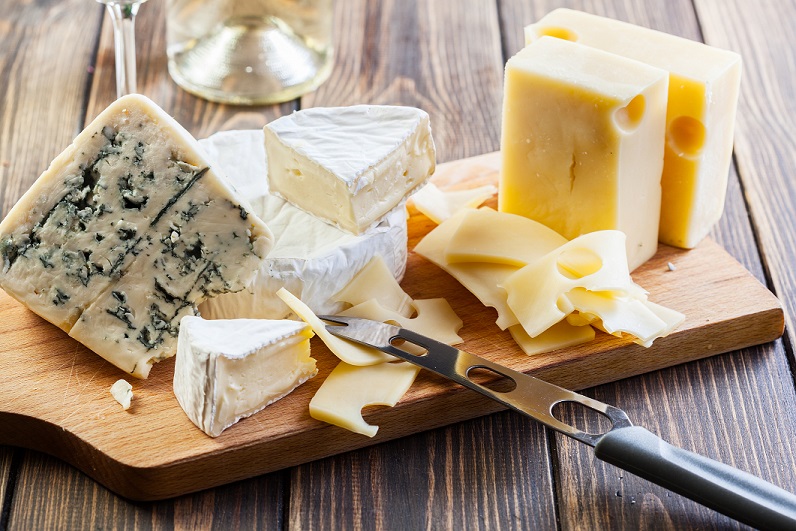Consider this. You’re at the dining table on Christmas Day. It’s been a fabulous meal and you’re stuffed to bursting but the cheeseboard has just come out and there’s a cheeky piece of stilton calling your name.
What do AFM probes and cheese knives have in common?
You have the whole block in front of you but no implement to cut yourself a chunk. Do you say to your neighbour “Would you mind passing me that blade?”, or even “Could you chuck us that handle over there?”? Or would you say, “Could you pass me the knife please?”….
Now obviously, you’d pick the latter. Afterall a blade needs a handle so you don’t cut yourself as well as the cheese and equally a handle needs a blade otherwise you’d just be smashing the cheese into chunks. Tasty but not especially good table manners! Together blade and handle are known as a knife.
Okay, so why am I talking cutlery? It’s just as we wind down for the Christmas break I find myself wondering why the AFM community, being a clever bunch of people, has not chosen a single specific term to refer to the fundamental device that makes atomic force microscopy possible.
As it currently stands the terms AFM tips, AFM cantilevers, AFM chips and AFM probes are used interchangeably. And to be fair, in the main, everyone knows what everyone else is referring to (except perhaps the poor person new to atomic force microscopy…).
In reality however, three of these terms refer to distinct components of the device that, as a whole, I refer to as an AFM probe - and here's why.
Components of an AFM probe.
As you know the AFM tip is the, typically, pyramidal or conical structure, the apex of which interacts with the surface of your sample. The AFM tip protrudes perpendicularly from the end of the AFM cantilever.
Needless to say, these two structures are microscopically small and fragile, and most certainly cannot be handled by you or I.
Hence these parts of the device are fabricated attached to a larger structure, the AFM chip, which is large enough to be handled by experienced scientists and students alike.*
You can talk about the components independently, i.e. how sharp is the AFM tip? What is the resonant frequency of the AFM cantilever? Just as you might discuss how sharp a knife is, or how long the handle is. But you can't buy an AFM tip or AFM cantilever in its component form, just like your everyday cheese knife doesn't come with a separate blade and handle.
Therefore, the device you buy to mount into the AFM instrument consists of a tip, a cantilever and a chip, and to my mind is best and most accurately described as an AFM probe.**
So as you cut into the stilton at the end of your Christmas feast and ponder the best cheese/cracker ratio, why not join me in making your 2017 New Year's resolution to commit to consistency and accuracy when talking about AFM probes...?
*So long as said student has sufficiency dexterous tweezer skills and isn't suffering from a night out with their supervisor!
**Incidently, you can buy tip-less probes... but let's not go there. Pass the port please!



